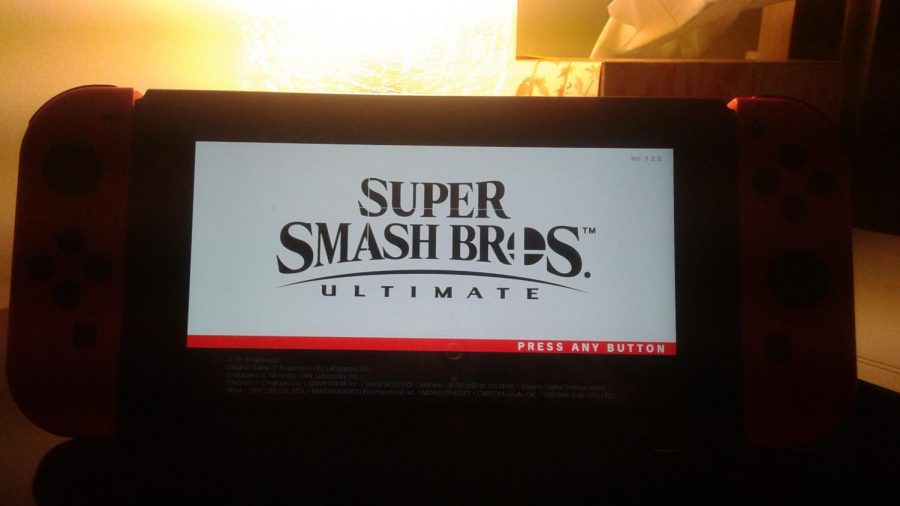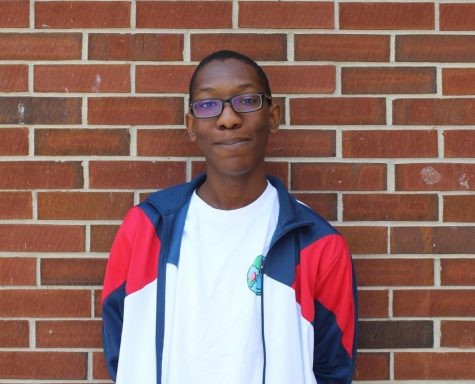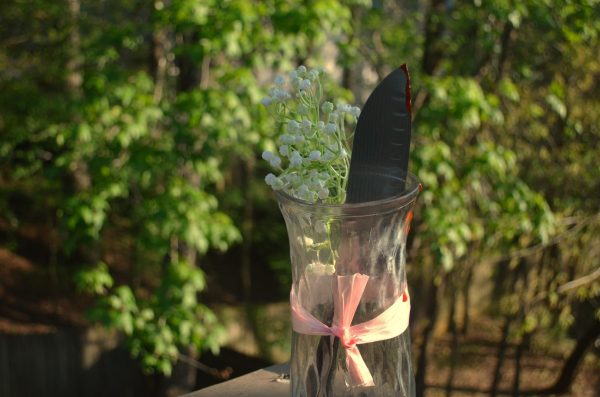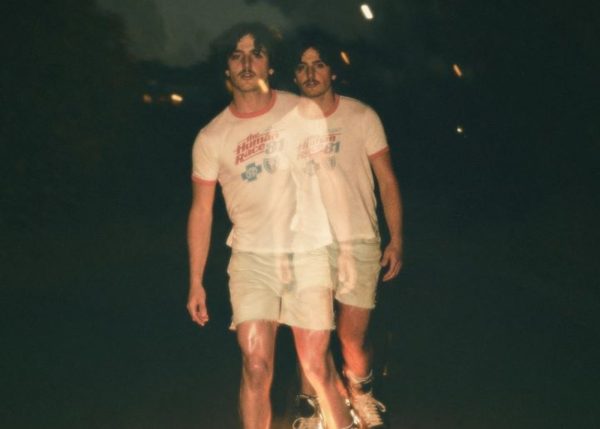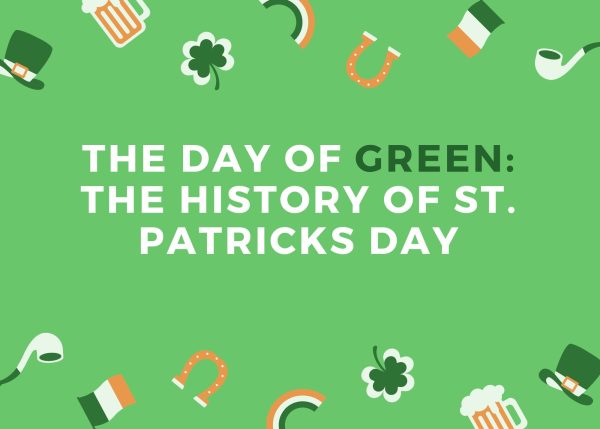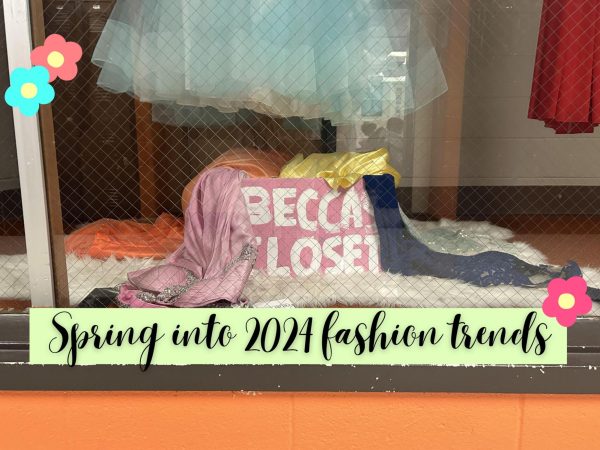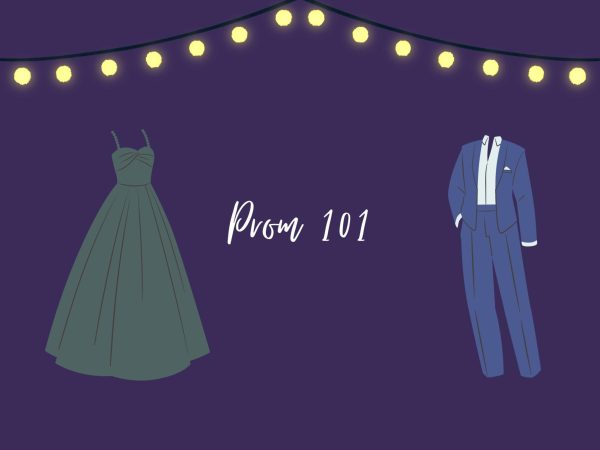Super Smash Bros Ultimate: Nintendo at its finest
Initially developed by second-party developer HAL Laboratories in 1999, Super Smash Bros. series creator Masahiro Sakurai did not initially plan to include Nintendo characters in the game; rather, the initial concept, Dragon King: The Fighting Game, featured four tall, thin, unnamed characters fighting in a general mountain area. However, Sakurai then decided to make an unsanctioned prototype with Nintendo characters, which eventually got released as the original game in the series.
December 16, 2018
2018 proved itself as quite the year for gaming: the market for dedicated consoles saw expansion with the release of the Playstation Classic earlier this month, hotly anticipated Playstation 4 (PS4) exclusives like Marvel’s Spider-Man and God of War released to widespread critical praise and various awards, and former heavyweight of the episodic adventure genre Telltale Games announced a massive layoff of their workers. However, not much news came from the quintessential forefather of the gaming industry: Nintendo.
For nearly the first half of the year, virtually no noteworthy news came from the company. However, on March 8, the official Super Smash Bros. Youtube channel released a video announcing a new entry in the series for the Nintendo Switch. The announcement served as a surprise, due to statements from series director Masahiro Sakurai about the stress of working on the series. This reached a fever pitch in early 2013 when Sakurai dealt with considerable pain in his right arm and hand, hindering the release of Smash Bros. for Wii U and Nintendo 3DS. However, not only did a new game end up announced, but purportedly took the least amount of time to make. Undoubtedly the most ambitious entry in a series known for it, all fans of the series stand on pins and needles, anxious to know whether or not their expected demands find their way in their playing experience.
The most sizable feat of Ultimate involves including every character from past games as a playable fighter, alongside eleven new fighters and six downloadable content (DLC) characters. While other games in the genre may hold an advantage in terms of sheer quantity, Smash Bros.’ surprising lack of difficulty in acquiring licenses to characters from six other publishers should not remain unnoticed. This feat becomes more impressive when one realizes that each character remains largely intact, from their most recent game in the series. That does not mean all characters stay unchanged: fans noted changes like the increased Final Smash speeds, attacks coming with limits, and several moves completely excised. Despite this, the core of the gameplay remains untouched for newcomers and veterans alike to enjoy.
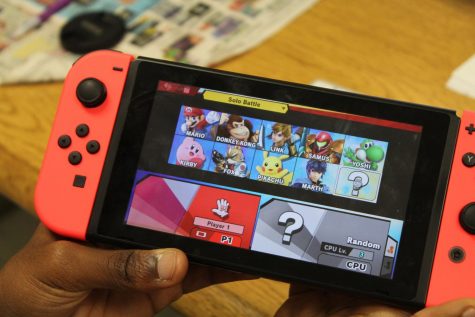
Following the trend first set in Super Smash Bros. Brawl, the player roster in Ultimate includes characters from Nintendo’s own intellectual properties as well as those from other series, like Metal Gear, Pac-Man, and Bayonetta. While the start of game roster only contains eight playable characters (the initial roster from the first game in the series), more become unlocked by playing World of Light, the game’s story mode.
On the topic of characters, the new “Echo Fighters” deserves attention. Used to describe characters nearly identical in movesets, and even character models, to other characters in game, these fighters do not serve as pallet swaps or new skins for those they model their moves off of. This decision seems odd, as they reasonably could, and probably should just serve as a purchasable skin found in a store within the game. By adding slight tweaks, gameplay wise (i.e, giving Dark Pit a more potent recovery move at the cost of weaker shields) it would incentivize players both to spend extra time playing to earn the skins, as well as clear space for actual new characters.
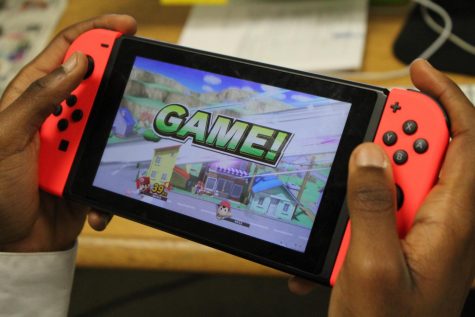
The Super Smash Bros. series stands out from other fighting games in the genre due to its unique approach to fighting and stage interaction. Rather than deplete a health bar like in other games, players must attempt to launch opponents off the stage; this occurs by continuously hitting opponents and increasing their percent value: the higher the value, the farther they launch when struck. As for stages, the Smash series takes inspiration from platformers, with stages encouraging precision jumps to avoid attacks.
Like with the playable roster, every stage from prior Smash Bros. games finds a spot in Ultimate, alongside new ones. Just like with the roster, all of the stages retain the unique quirks of their initial introduction, alongside a new feature. Dubbed Stage Morph, this allows for the player to choose two stages that will, throughout the match, morph between the two. While it may sound like too chaotic a feature, the new feature works so seamlessly that the stages may as well exist as one.
Gameplay wise, this mode finds players traveling down a large map, freeing playable characters from the captivity of spirits, with each match including either a specific buff to the opponent or nerf to the player. These all provide ample fun, though not flawless. To start, the decision to start the game off with Kirby did not initially work. His jumping, and all attacks associated with it, would only activate by flicking up on the circle pad. This served as an odd and unnecessary hurdle for first time and veteran players. Another issue stems from the spirits, which effectively replace the trophies from Melee onward; three types exist:
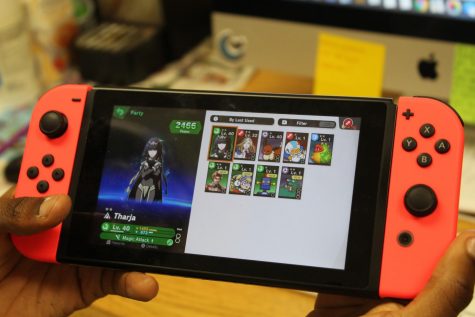
New to the Smash Bros. series, spirits serve as both gameplay features & collectibles in the game; in the latter, they replace the trophies first introduced in Super Smash Bros. Melee, which represented characters & items from the various first & third-party series. As gameplay features, four fighter spirit types exist, all of which grant spirit-specific buffs to players, as well as canceling one other fighter type.
- Primary, with normal, grab, attack, and shield types and the latter three canceling each other out in a rock-paper-scissors manner
- Support, which grant passive bonuses to players, like immunity to sticky floors or resistance to melee weapons
- Fighter type, that does nothing of note
The issue lies not so much with the replacement of trophies or difficulty of acquisition, but with a sense of overwhelming ease. It takes virtually no time to level up the spirits, mainly the support types, which can match modest performances. This kind of play makes the process of earning a variety of other trophies pointless, as once one earns all four types, they will more than likely level up high enough to render all others useless. Granted, this critique comes down to personal opinion and skill, but both can definitely trip up or bore players in the case of the Kirby controls and trophy leveling up, respectively.
The presentation of the game, unsurprisingly, matches the par of other first party titles on the Switch. While the console cannot quite compare to the Xbox One S or PS4 Pro graphically (due to lack of 4K output and downgrading not to overtax the hybrid nature), the game still looks stunning, in both hand-held and TV modes. It manages to come with a bit of an edge, so as to match the high stakes set up by the story, while at the same time retaining the whimsical and cartoony look that defines Nintendo and its characters. That, perhaps more than anything, sums up the best part about Smash Bros. Ultimate and the series as a whole.
These games so perfectly capture what Nintendo gamers love: the immense quality control and play-testing put in, putting as much effort into third-party characters as their first-party counterparts, and the feeling of joy every time a game boots up. It seems in gaming that everyone wants to follow the trends regardless of how they fit with a game: loot boxes, battle royale modes, etc., and as a result, it feels as if various series forgot their roots. However, as proven time and time again, Nintendo sees and understands the value of staying true to a formula, while tweaking it in needed ways, and that more than anything, produces smash hits.




